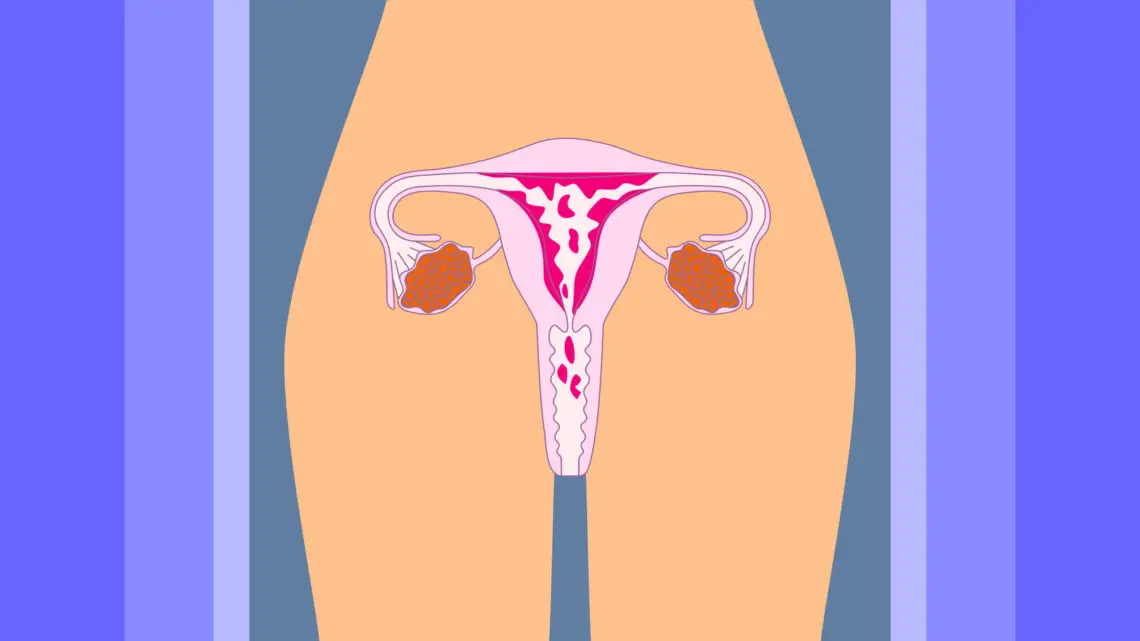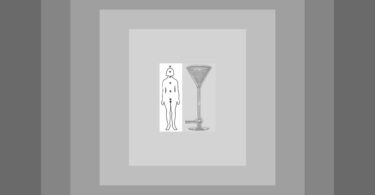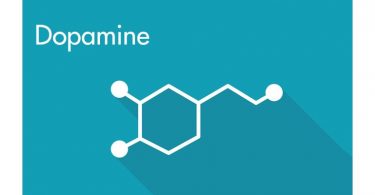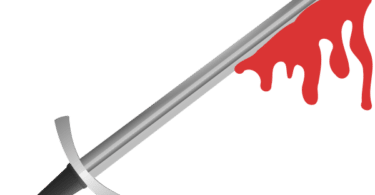Nails are a type of modified skin and they protect the soft end of fingers and toes.
Components of the nail include the nail matrix, nail bed, cuticle, nail plate, nail folds. Fingernails grow about three or four times as quickly as toenails. Nails grow more rapidly in summer than in winter. If a nail is torn off, it will regrow if the matrix isn’t severely injured. Nail disorders comprise about 10% of all dermatological conditions.
Abnormalities of shape
- Clubbing-The nail plate is more convex, and the angle between the plate and the proximal nail fold increases to 1800 or more. The proximal nail fold when palpated, feels spongy or floating.
- Koilonychia are spoon shaped nails
- Macronychia is a condition where a nail is considered too large in comparison to other nails.
- Micronychia is a condition where the nail is too small in comparison with other nails on nearby digits.
- Racket nails-The distal phalanx of the affected finger is shorter and wider than normal, and the nail only conforms to the altered shape of the finger. The affected nails are opaque, and are short and wide with loss of normal curvature.
- Anonychia is absence of all or part of one or usually several nails
Abnormalities of nail attachment
- Onychohetrotopia (ectopic nails) are misplaced nails. It results from displaced matrix material and can be congenital or traumatic. It can be on the palmar surfaces of fingers and on heels.
- Nail shedding
- Onycholysis is a spontaneous distal and /or lateral separation of the nail from the nail bed, usually beginning at the free margin and progressing proximally
- Onychomycosis is a build-up of soft yellow keratin in the space created by the oncholysis or separation of nail plate from the nail bed, then the entire nail plate is lifted and the nail becomes misshapen, thick and yellow in appearance.
- Pterygium unguis -A condition where there is a wing shaped appearance of the nail with a central fibrotic band dividing the proximally into two parts.
- Ventral pterygium/ Pterygium inversum ungis – Occurs on the distal portion of the nail bed, which adheres to the ventral surface of the nail plate. Here there is forward extension of nail bed epithelium. The overlying nail may be normal, but adjacent soft tissues can be painful.
- Subungual hyperkeratosis-There is hyperkeratosis of the nail bed and hyponuchium resulting in thickening of the nail plate leading to a dry,white or yellowish material crumbling away from the overhanging nails.
- Hangnails-These are overextensions of the cuticle of the nail, which tend to split and peel off from the proximal or lateral nail fold.
- Nail thickening-Usually associated with a yellowish discoloration due to the obscuration of nail bed vasculature and an alteration of the shape of the nail.
- Onychauxis – A condition where there is simply hypertrophy and thickening of the nails without any deformity.
- Onychogryphosis- A condition where the nails resemble claws.
- Onychophosis – A localized or diffuse hyperkeratotic tissue that develops on the lateral or proximal nail folds, within the space between the nail folds and the nail plate.)
- Onychocryptosis or ingrowing toenail
Changes of nail surface
- Longitudinal grooves are narrow furrows that cut through the thickness of the nail fully or partially. It can be a small slit or a long one that covers the whole length of a nail.
- Transverse grooves –Occur transversely across the nail. It can cut through the thickness of the nail fully or partially.
- Beau’s lines – 1 mm wide horizontal or transverse depressions in the nail plate, due to the temporary arrest of the functioning of the nail matrix.
- Pitted nails (stippled nails)-There are tiny, dot-like shallow or deep, pinpoint depressions or punctuate erosions distributed randomly on the surface of an otherwise normal nail.
- Trachyonychia- Also called ‘twenty-nail dystrophy’ where all the twenty nails become dull, opalescent, grayish, thin, fragile, rough and longitudinally ridged.
- Onychoschizia – Also known as lamellar dystrophy. There are transverses, splitting of the distal nail plate into layers, at or near the free edge.
- Onychorrhexis- Brittle nail
- Beading and ridging
Changes in colour
- Exogenous pigment- Pigmentation on the dorsal surface due to exogenous causes.
- Nail plate changes -There can be changes in the nail bed due to colour or clarity of transparency
- Melanonychia – Is a condition where there is a blackish or brownish pigmentation of the normal nail plate.
- Other nail bed changes: Due to nail bed ‘tumors’(pyogenic granuloma, fibromas, nevi, myxoid or epidermoid cysts and angiofibromas, subungual melanoma) or due to ‘splinter hemorrhages’, which are longitudinal, thin, dark red lines, 1-3 mm in length, which occur due to rupture of subungual vessels at the junction of the nail plate and the nail bed.
- Leukonychia or white nails-four forms of white nails : leukonychia punctata (present as white spots of 1-3 mm in diameter), leukonychia striata, transverse or longitudinal white bands of 1 to 2mm width, leukonychia partialis, proximal two-thirds of the nail discoloured as white, leukonychia totalis, nails are milky porcelain in colour).
- Terry’s nail-There is a whitish appearance of the nail at the proximal end or the entire nail plate, except for the normal pinkish color in the distal 1-2 mm of the nail.
- Half-half nails- A condition where there is whitish appearance of the proximal portion of the nail and red, pink, or brown distal half, with a sharp line of demarcation between the two.
- Muehrcke’s bands -There are narrow paired white bands that occur parallel to the lanula in the nail bed, with a pinkish appearance of the nail between the two white lines.
- Mee’s lines- Condition where there are single or multiple white bands positioned transversely.
- Yellow nail syndrome -There is a yellowish (or yellowish green) discoloration of the nails, which are markedly thickened
- Red nails – Red spots in the lanula and diffuse reddish lanula
SOME HOMOEOPATHIC REMEDIES FOR NAIL DISORDERS
ALUMINA – Panaritium with brittle nails, lancinating pains and tendency to ulceration of finger tips; gnawing beneath the fingernails with crawling along the arm as far as the clavicle; nails brittle or thick, spots on nails. Ingrowing toe nails, white spots on nails.
ANTHRACINUM -Violent burning pain in panaritium; absorption of pus into the blood-gangrenous destruction.
ANTIMONIUM CRUDUM– Deficient growth of nails, split nails, growing cracked.
APIS MELLIFICA– Burning, stinging, throbbing panaritium, very sensitive to touch; the fingers swell rapidly with tense glossy red surface extending to the arm.
ARNICA MONTANA -Ulceration around root of nails, with painful soreness of the end of the fingers.
BERBERIS VULGARIS -Pain under finger nails with coldness of feet, extending up to the ankles and swelling of some of the finger joints.
BUFO RANA -Bluish black swelling around nails, followed by suppuration; pains run in streaks up the arm to axilla.
DIOSCOREA VILLOSA -Nails brittle, deposition to felons; frequent sharp pains in bones of fingers, one finger at a time.
FLURORICUM ACIDUM -Panaritium, onychia with ulceration, sharp, sticking pain at root of right thumb nail. Nails grow more rapidly, crumpled or longitudinal ridges in them; soreness between toes. ingrowing toe nails.
GRAPHITES -Ingrowing toe nail; sides and roots of the finger and toe nails become sore, ulcerate and smell, violently burning and throbbing. Hypertrophy of nails.
HEPAR SULPHUR -Superficial erysipelatous onychia around the root of the nail;(before suppuration-Hep., after it suppurates-Lach.).Exfoliation of nails.
HYPERICUM PERFORATUM – Panaritium; injuries of parts rich in sentient nerves, especially fingers, toes and matrices of nails, pain severe and of long duration, mechanical injuries by splinters or needles under nails.
LACHESIS -Maltreated cases of long standing. gangrene, emitting an intolerable odor; pricking in ends of the fingers.
LEDUM PALUSTRE– In first stage of injury, as by pulling off abruptly a hang nail.
SEPIA OFFICINALIS -Itching with shooting, burning, throbbing at intervals or alternately; part dark red and pus visible. White spots on nail.
SILICA TERRA – Ingrowing toe nail, tearing pain as if the bones would be actually torn out, preventing all sleep. Nails are corrugated, distorted, thick or brittle and falling out, white spots on nails.
SULPUR – Hangnails. Ingrowing toenails; thick nails; falling of nails, exfoliation of nails; brittle fingernails.
THUJA OCCIDENTALIS -Fingernails distorted, crumbling, soft. discolored, toe nails brittle and distorted; ingrowing toenails, white spot on nails.
References-
1)Skin Homoeopathic approach to Dermatology –Dr.Farokh J Master,M.D
2)API Textbook of Medicine
3)IADVL Textbook of Dermatology
4) Bates’ Guide to physical examination and History taking






Respected Sir,
I have seen your’s prescription i am glad because this is very effective in case of all kinds of nail
deformation .
Thanks of lot .
I am Muhammad Hafeez from Karachi. one of my toe nails has left matrix
What’s the best remedy for pitted fingernails and dry peeling fingertips in an 8 year old boy?